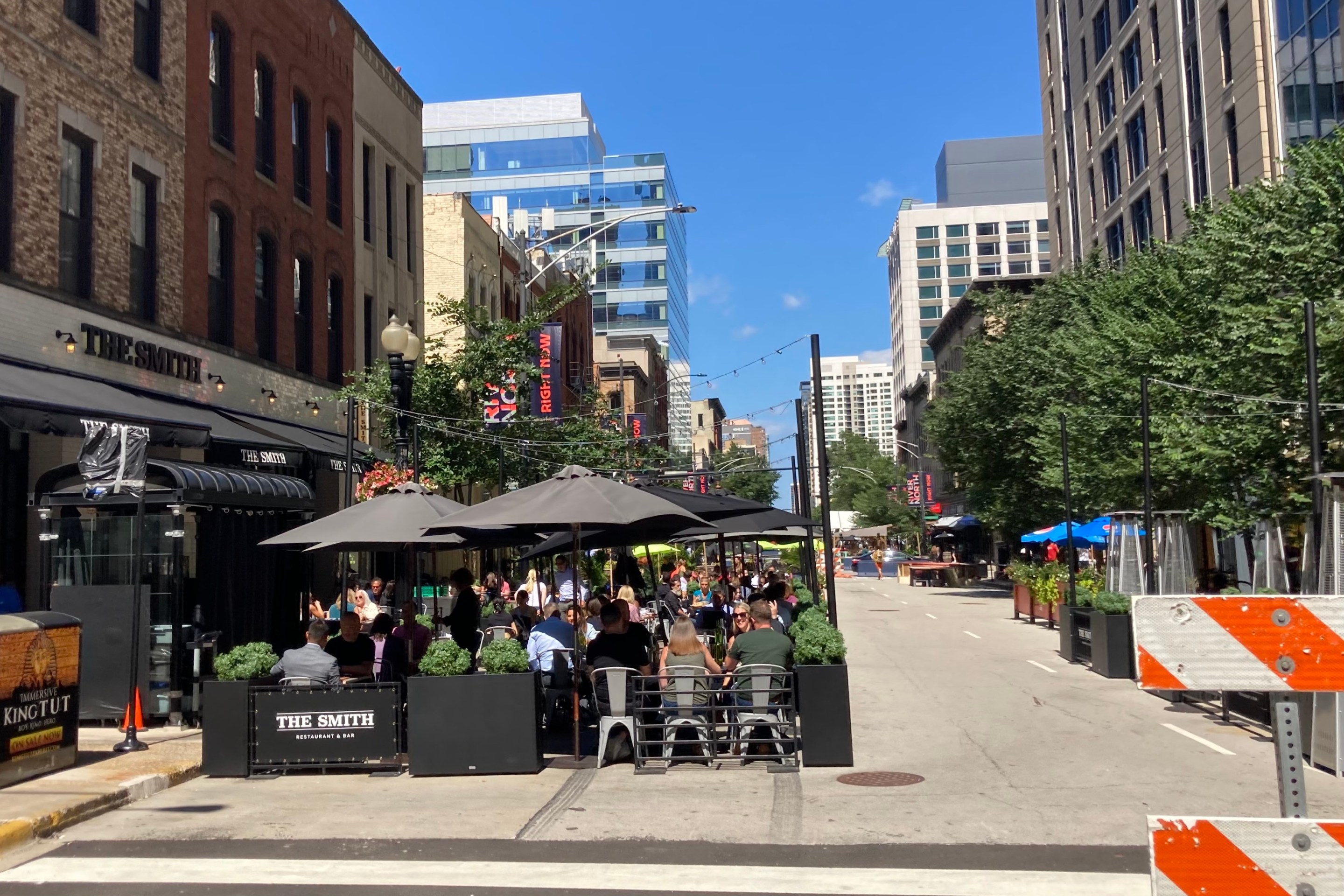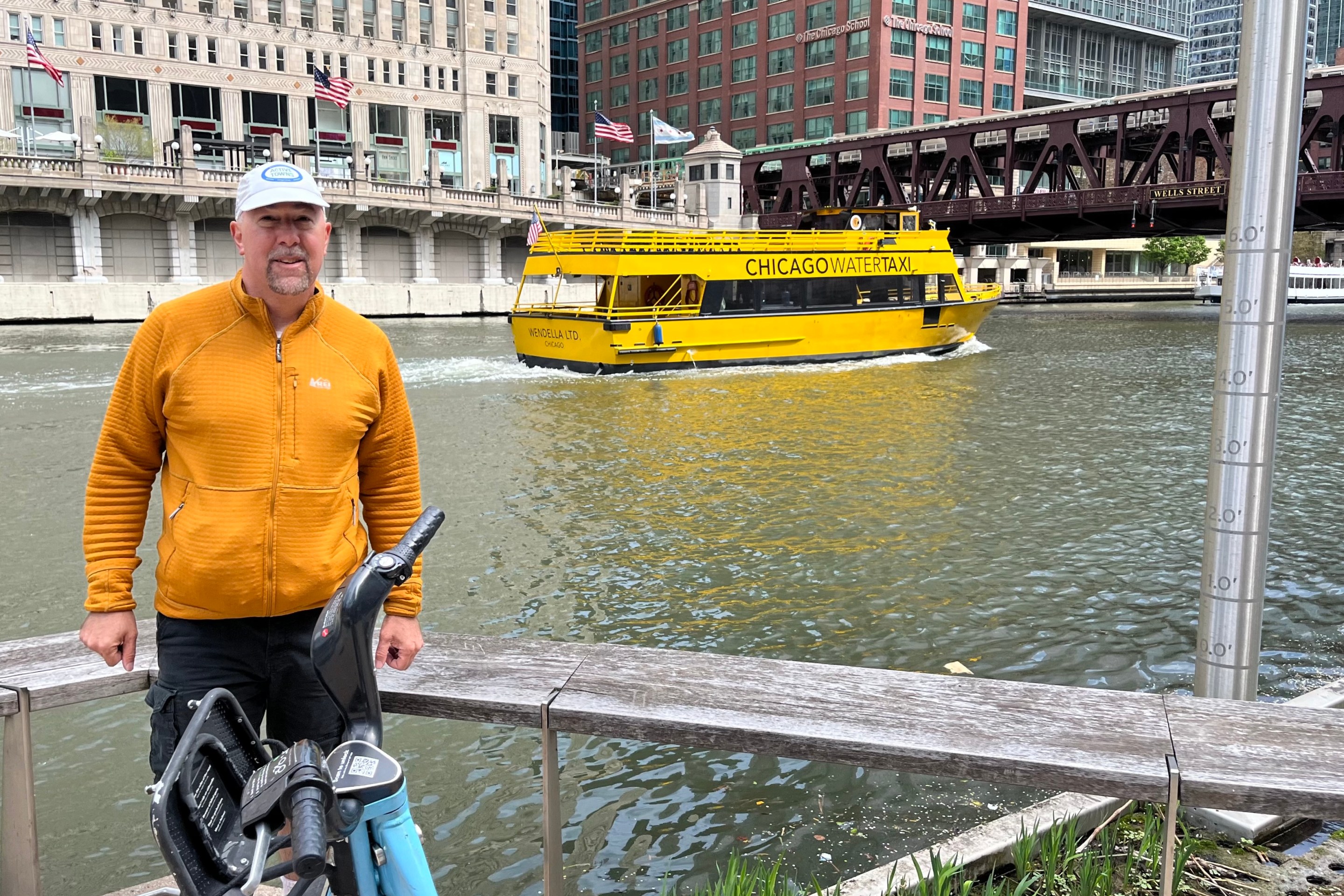The Circle Interchange highway expansion project began construction Wednesday. At a press conference on the Peoria Street bridge, Governor Quinn stressed the job creation aspect of the $475 million project. What Quinn didn't mention is that any $475 million infrastructure project would create a lot of jobs.
In fact, after the 2009 stimulus bill injected billions of dollars of infrastructure spending into the economy, analysts found that bicycle, pedestrian, and transit projects created more jobs per dollar spent than roadway projects.
The real question is whether the Circle Interchange is a good use of scarce public funds. Quinn's press release boasted that it will cut congestion and save fuel, but when you run the numbers, it works out to just 0.011 gallons of gas and two minutes of travel time savings per trip. The project's scant benefits and ample drawbacks were never compared to other projects before it was shoe-horned into the GO TO 2040 regional plan.
To make a real impact on congestion and pollution, instead of inducing more traffic like the Circle Interchange will, the region could have invested in rehabilitating the Red and Purple Line embankment, or building bus rapid transit on Western Avenue as well as Ashland Avenue.
In addition to helping people get around without clogging up the streets, those projects would have generated new revenues in the form of additional fares and higher property taxes as land becomes more valuable. The Circle Interchange, meanwhile, will remain untolled, paid for with the country's most expensive bonds. It arises from the same wasteful approach that guided the Illinois Department of Transportation's plan to widen I-290 and build a new expressway on farmland near Peotone (currently the subject of a lawsuit that alleges IDOT never demonstrated the need for the Illiana Expressway project).
By buying unnecessary roads now and paying later, IDOT can put off the day when it will have to switch from being just a "road builder" to a being the manager of a financially sustainable transportation system. How many more wasteful highways will the agency build before it makes that transition?




